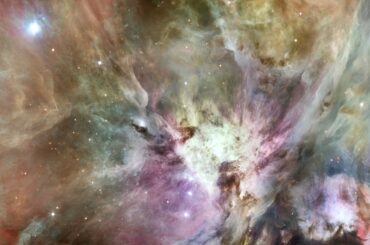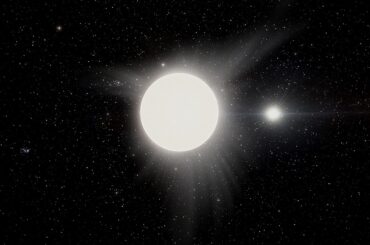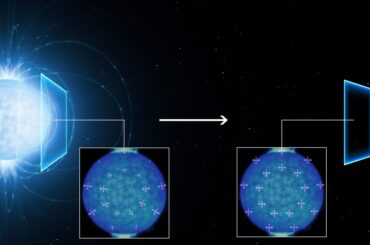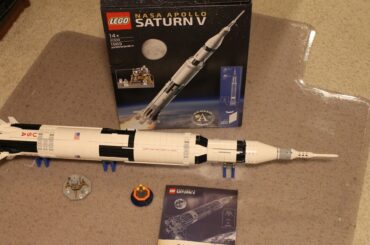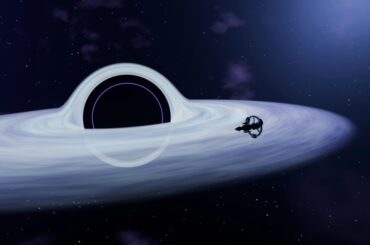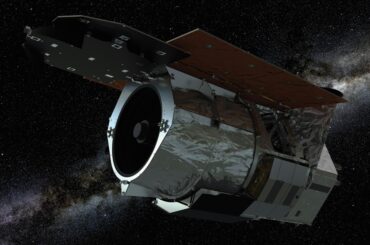Explore a complete, curated list of the 18 Asteroids Visited by Spacecraft, including mission names, precise encounter dates (YYYY-MM-DD) and encounter types. This comprehensive reference covers historic and recent missions—from NEAR Shoemaker and Dawn to Hayabusa2 and OSIRIS-REx—perfect for students, hobbyists and space enthusiasts.
Thinking about a career in space science? This post gives seven persuasive reasons to study astrobiology—covering career paths, interdisciplinary skills, research opportunities, and the societal impact of searching for life beyond Earth. Perfect for students and career changers wanting a practical roadmap to get started.
A comprehensive list of 84 nebulae in the Milky Way, with catalog IDs, nebula types, and distances in light years. Ideal for stargazers, students, and researchers seeking a concise reference to emission, reflection, planetary and dark nebulae across our galaxy.
Explore a curated list of 30 Famous Exoplanets with host star, discovery year, and distance (ly). From historic finds like 51 Pegasi b to nearby neighbors such as Proxima Centauri b, this post provides concise facts and context for the most notable exoplanets — ideal for astronomy fans, students, and educators.
From Apollo near-disasters to daring Soviet recoveries and modern shuttle emergencies, this hub ranks the 10 most dangerous missions in space history. Each entry links to in-depth posts that examine the technical failures, human decisions, and survival stories behind every perilous flight. Explore harrowing firsthand accounts, mission timelines, and lessons learned that reshaped space safety.
This post explores the Types of Pulsars, comparing young energetic pulsars, recycled millisecond pulsars, and magnetars by typical period, magnetic field strength, and emission band. It provides clear tables and explanations to help students and enthusiasts understand how pulsar properties arise from neutron-star physics and observational methods.
This post lists all 22 Apollo Missions with launch dates, crew rosters, primary objectives and outcomes, offering a clear, mission-by-mission reference for space enthusiasts, educators, and historians. Dive into the successes, failures, and milestones of NASA’s Apollo program to learn what each flight achieved and why it mattered to the history of space exploration.
Explore the 10 Mysteries of Interstellar Travel — a hub post that surveys the biggest unknowns from wormholes and faster-than-light theories to cosmic hazards and human survival between the stars. Each mystery links to a deep-dive article so you can follow the science, speculation, and open questions driving research and sci-fi imagination.
This comprehensive list presents all 101 known Saturn moons, each with discovery year, orbital distance, and diameter. Use the sortable table to compare major moons like Titan and Enceladus, and find historical discovery notes, classification, and links to missions and images — ideal for students, amateur astronomers, and researchers seeking quick reference data on Saturn’s satellite system.



